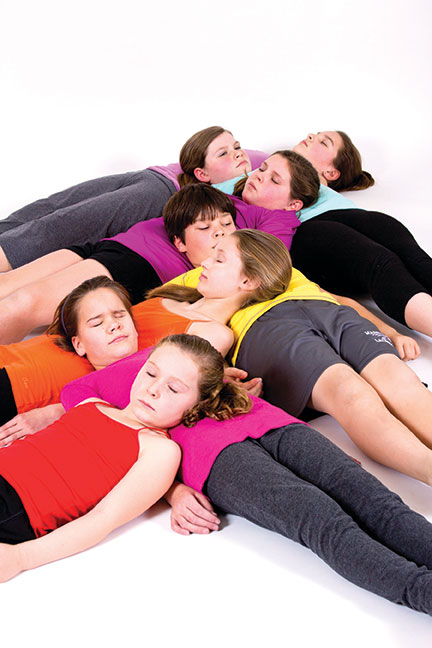Archive for January 2015
Obesity’s Workplace Burden
The negative effects of obesity are many—ranging from personal health problems to global healthcare costs. A fresh report from Yale University’s Rudd Center has found that obesity also takes a significant financial toll in the workplace.
Obesity-related absenteeism has been costing the United States $8.65 billion per year in lost productivity, according to the report. Researchers calculated this staggering number by analyzing data from the National Health and Nutrition Examination Survey and the Behavioral Risk Factor Surveillance.
Read MoreWeight Loss and Hip Fracture Risk
In the January issue of IDEA Fitness Journal (2014; 12 [1], 11), we reported on the significant increase in osteoporotic fractures among men in recent years. A new report shows that losing weight may increase hip fracture risk.
Read MoreWhy Older Adults Should Run More
It’s best to slow down as we get older—or is it? A new study in PLOS ONE (2014; doi: 10.1371/ journal.pone.0113471) suggests otherwise.
Read MoreMind-Body Activities for Children
Today’s fast-paced, digital world pressures children to grow up fast. Instead of running around grassy playgrounds, most of them live highly structured lives, shuttling from one organized activity to the next, often while playing with hyper-stimulating devices. For school-age children, homework, peer pressure, teasing, poor grades, bullying, parental demands and isolation can all trigger stress (White
Read MoreTai Chi Offered in Older-Adult Housing Programs
Elderly people who live in senior housing communities can benefit from residentially based tai chi programs, according to a report in the Journal of the American Geriatric Society (2014; 62 [8]; 1484–89; doi: 10.1111/jgs.12946).
Researchers from Harvard Medical School in Boston and
the National Central University in Jhongli, Taiwan, wanted to determine the effects of a tai chi training program on functional performance, and on walking while performing another task, among older adults living in a supportive-care facility.
Can Meditation Affect Sleep?
People who practice Vipassana meditation experience high-quality sleep and enjoy the health benefits associated with it, according to two studies presented at the 8th Asian Sleep Research Society Congress, held in September 2014 in Kovalam, Kerala, India.
Read MoreFood Fight: Clash of the Nutrition Titans
As you know, a food dollar doesn’t stretch nearly as far as it used to. As a result, many of your clients who are eager to eat a clean diet might find themselves increasingly hemming and hawing over which healthy foods to toss into their grocery carts and which to leave behind.
The more nutritious choice isn’t always obvious. Apple or pear? Chicken breast or turkey breast? Well, let’s get ready to rumble. We’re sending similar edibles into the ring to duke it out so we can crown nutrition’s heavyweight champs.
The Battle: Bison vs. Beef
Read MoreBeyond Boomers: Training 70-and-Over Seniors
Do you want to build your career around a highly dedicated and underserved fitness niche? Consider the lucrative market of seniors 70 and older.
Though senior fitness tends to have a 50-and-up focus, there are considerable physical, practical and psychosocial differences between a fit 55-year-old and a somewhat frail 80-year-old. Yet the latter could perhaps benefit from your services the most.
Read MoreHow to Train Clients for the Workplace
Fitness professionals strive to help clients enhance their health and reduce the risk of injury; however, they may be missing a large piece of the training puzzle if they aren’t addressing a client’s work-related training needs. While most clients may not be professional athletes, they are in fact “occupational ath- letes,” meaning they spend 40 or more hours a week on the job.
Read More







